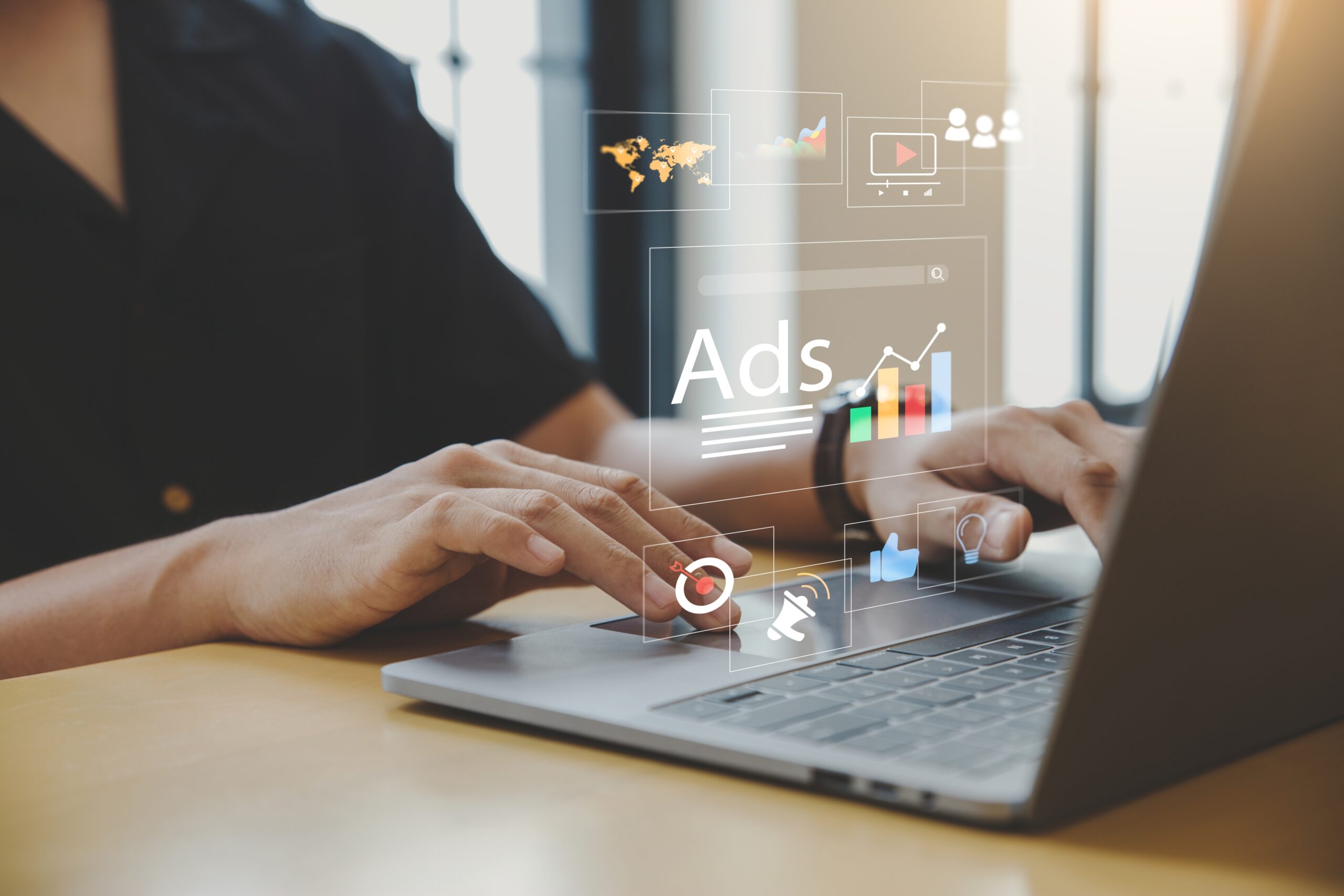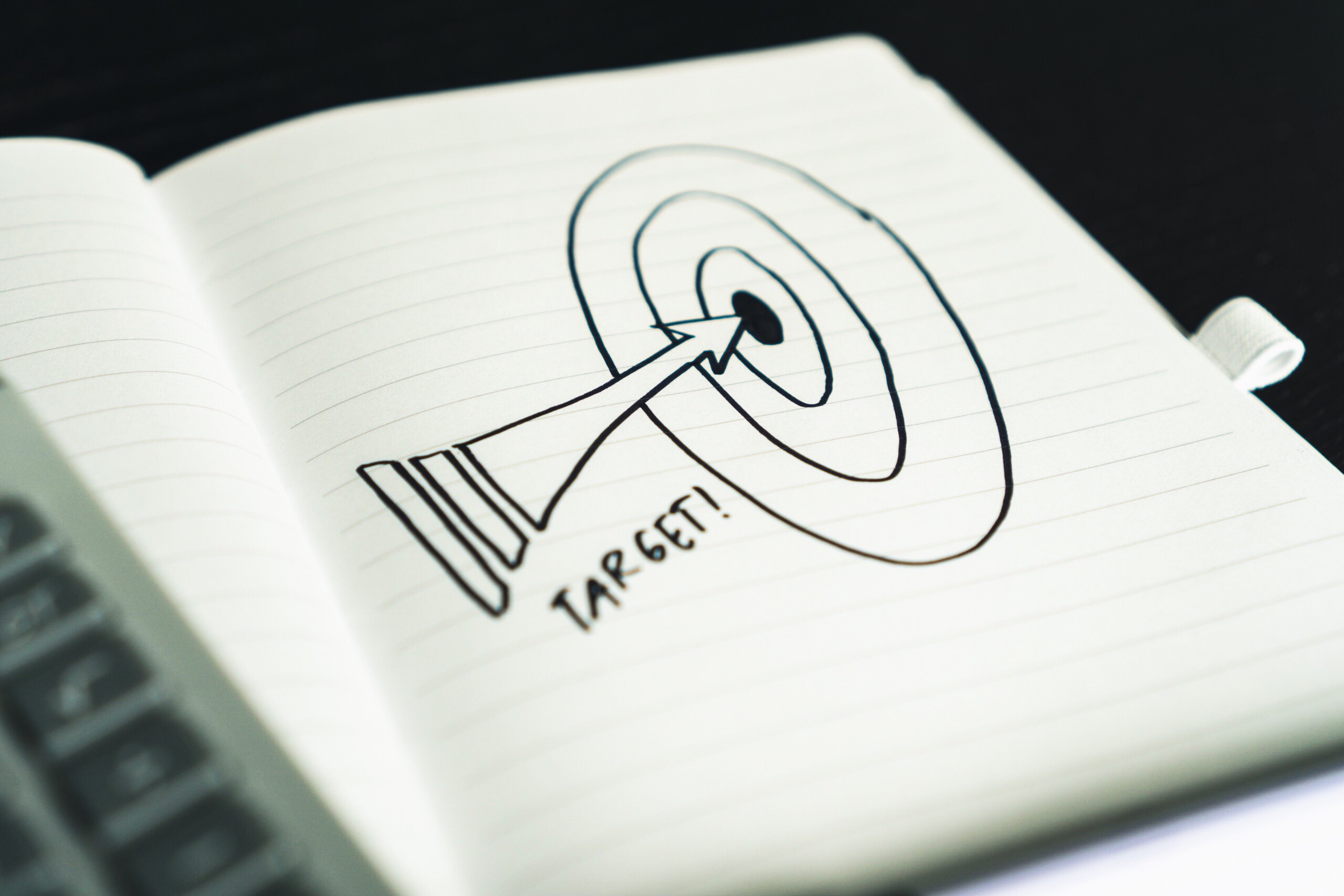
Ad Fatigue: Myth or Truth
Ad fatigue, or banner blindness, is when the audience becomes disengaged or unresponsive to an ad due to continuous exposure to advertising content, is a prevalent phenomenon in today’s digital landscape. Even the most creative ads tend to lose their effectiveness over time, as the audience will start to perceive them as just white noise. Ad fatigue poses a genuine threat to campaign performance, leading to a decrease in click-through rate (CTR) and conversion rate (CR). This article explores the causes and psychology of ad fatigue, along with practical strategies to prevent said fatigue at both the contextual and campaign levels.
What Is Ad Fatigue and Why It Matters
Ad fatigue is a common phenomenon where the audience becomes numb to advertising efforts because of the overwhelming number of ads people see and hear every day. Thus, even the most prominent and creative advertising may lose its grip and become merely a background noise.

Ad fatigue is a genuine threat to campaign performance, as it diminishes your CTR and CR. In order to make your ads captivating once again, you have to add some novelty, like refreshing ad creatives, targeting a new audience, or adjusting campaign settings. Whenever you notice an increase in cost-per-click (CPC) while having a decrease in CTR, well, it is a sure sign that your audience is exhausted.
Although, some ad channels like Facebook can deliberately increase the cost of stale ads to penalize the advertisers for the lack of updates. Social media favor engaging content above all else, so if your audience is oblivious to your ads, it’s high time to add some novelty to your campaigns. If you’ve run out of ideas, don’t be shy and contact the Yep Ads creative team for assistance!
Causes and Nature of Ad Fatigue

Whether you like it or not, people have a very limited attention span and get tired of consuming information rather quickly, and good ads are no exception. But what exactly are the reasons behind ad fatigue? The two major reasons are repetition and overload.
Repetition
It is the law of diminishing returns, the more you show the same ad, the less effective it becomes. This happens because of emotional depletion: many ads rely on evoking emotions, like fear or desire. However, the same emotional triggers over and over wear the audience out. The same goes for the lack of variety in your ads and visuals that match your competitors’.
Information overload
According to Askwonder, Americans, for example, consume up to 34 gigabytes of information on a daily basis, which equals 100,000 words (this includes content consumed through various channels such as radio, television, web, and print media). It’s not surprising that users don’t want any more info in their lives, especially when it aims at selling them something. This may be seen as an intrusion into their online experience and then triggers cognitive filtering that cuts out the excess of information and makes people blind to your advertising.
These are the basic causes of ad fatigue. Addressing these points in your campaigns is the key to keeping your ads fresh and engaging. But what exactly can be done?
How to Prevent Ad Fatigue

When the attention of the users falls, you have to win them over again by changing the ad flow. Consider careful targeting, personalizing the message, and optimizing the ad to deliver relevant, engaging, and, most importantly, properly functioning ads.
To counter ad fatigue, you can choose between a user-centric approach, which primarily based on researching human emotions, or an ad-centric approach, which involves optimizing the funnel with less insight into your target audience.
Focus on Your Audience

As the title suggests, this is a subjective layer, where emotions prevail. Emotions are a staple of marketing, so we are bound to focus on them. Here are some emotion-based remedies to ad fatigue:
- Targeting and personalization: when targeting the audience, you have to balance between precision and practicality. It is practically infeasible to handle millions of versions of the same ads. On the other hand, a one-size-fits-all approach is unlikely to hook the users either. Collect as much data on users as possible, then, segment the audience into several themed groups. Use remarketing for existing clients to sell, say, a keyboard and mouse after they have purchased a new PC.
- Ad frequency capping: more is not always better. Capping your ad frequency is a strategy that limits the number of impressions during a specified time frame. Capping is a great way to maintain the balance between brand visibility and positive user experience (UX) since you do not annoy your audience with too many ads.
- Diversifying ad formats and creatives: make use of multi-channel marketing and diversify ad formats. Tweaking the visuals, messaging, and call-to-action (CTA) buttons helps to revitalize the stagnating ads. Rotation of creatives and regular updates are the best ways to fight monotony. This is especially noticeable with push notifications, which have the shortest visibility span of all, since they appear on almost every webpage. Just think about A/B testing for getting the maximum impact.
- Expanding the audience: keeping things fresh by adding new user groups to your targeting is a good call. Lookalike audiences and adjacent segments may well become the new blood your campaigns need to stay visible. Also, it’s a good idea to think out of the box and choose your targeting regardless of common audience stereotypes.
All these tactics help to reduce the risk of ad fatigue at the personal level. But human psychology is subject to constant changes. Let’s talk about something more practical, like campaign funnel adjustments.
Optimize the Campaign Flow

A marketing funnel is made of many elements, all of which can be tweaked to alter the final look of the ad. What can you change to make your ads pop and grasp the waning attention of your prospects?
- Text: vary the messaging or rotate the key phrases. Experiment with various hooks, value propositions, CTA buttons. Your audience might favor brief messages with little-to-no facts (emotions only) or prefer something more precise. For the purposes of rotating the key phrases, consider using tools like Google Ad Customizers.
- Creative: change the background color of the display ads, use several images, different graphic styles, and illustrations to keep the audience engaged. Remember that design is not limited to pictures only, it also includes fonts, layouts, color schemes too.
- Video: much like with pictures, create a few video ads that align with your marketing goals. This could include product demonstrations, customer testimonials, or educational content. Rotate or crop the video, add subtitles, use uniqualizers to make your ads stand out. Since the video format is the new black in terms of advertising and content consumption, make sure to follow the latest visual trends. TikTok Insights and Facebook Ad Library are a good starting point, from there you can turn to spy tools.
- Landing page: landers must be consistent with the target website visuals and provide a seamless transition throughout the funnel. It is especially important to keep the landing and pre-landing pages updated and fresh to the eye, since a lander that the user sees over and over again can kill the CR of any great creative. So make sure to adapt the landers and rotate them within a campaign, too.
- Channel: new media channels kill two birds with one stone: they allow you to stop ad fatigue in its tracks and reach out to a new audience. If you are a fan of Facebook, consider placing the ads on other platforms like TikTok, Telegram, or Instagram. Diversification is always a wise move, especially if it caps the ad frequency on your main channel without decreasing the overall number of impressions. If you run iGaming campaigns, adapt your funnels to include chats, messengers, and themed groups on social networks. For e-commerce, nutra, or lead gen make sure to flick through the list of local platforms and ad networks that may provide much better reach to your target audience.
DOs & DON’Ts
Let’s look over some of the useful tactics on how to counter the notorious ad fatigue:
- Segment the audience for better personalization
- Have a set of creatives, messages, and channels to counter ad fatigue and have a plan B if it happens anyway
- Personalize the messages, so the audience feels respected and honored
- Control the frequency of your ads by setting up daily (or any other) caps
- Counter information overload with pre-landers, so that all the information is delivered and not crammed in a single stage of the funnel
- Expand the audience, based upon similar interests and preferences
- Prevent ad fatigue in advance by experimenting with new marketing ideas and channels
As for the no-gos, basically, avoid doing anything counter to the above mentioned. Here are some more examples, though:
- Over-segmentation of the audience can cripple your management capabilities, don’t set extremely narrow targeting
- Lack of A/B testing not only could ruin the universally accepted concepts (because context matters) but instead prevents you from finding groundbreaking solutions
- Ad fatigue is not an excuse to ignore UX — all the tweaks should be eye-pleasing and user-centric, at least in terms of ease of use
Conclusion
Ad fatigue poses a significant threat to ad performance, impacting click-through and conversion rates. If you notice the CTR, engagement rate, and number of impressions dropping while the CPC and bounce rate soar, don’t panic. A quick-fix solution would be to cut the campaign funding. But no, this won’t make your ads any better, however at least you will win yourself some more time to react and make adjustments before the budget runs dry. And in the meantime, marketers can employ targeted and personalized ads, implement ad frequency capping, and diversify ad formats. These tactics combat monotony and keep ads engaging. Additionally, adjusting elements of the marketing funnel, such as messaging, creatives, and landing pages, help maintain audience interest. By monitoring metrics and staying flexible, marketers can overcome ad fatigue and deliver compelling advertising experiences.
Stay ahead of the curve with your creative endeavors with the Yep Ads team supporting you every step of the way!
